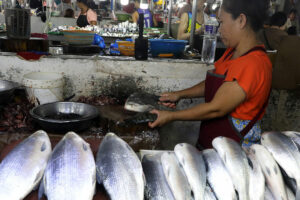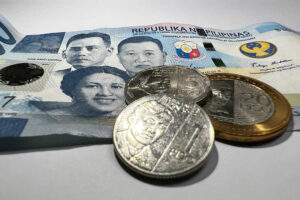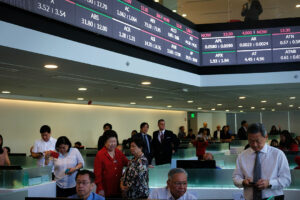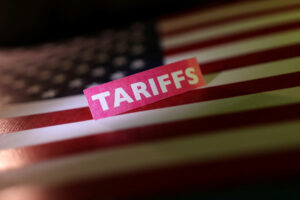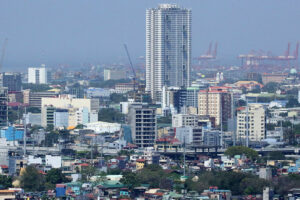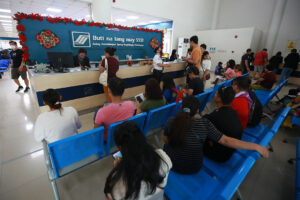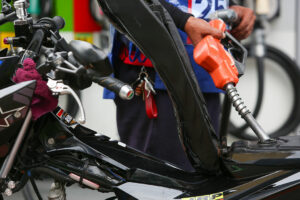Headline inflation could pick up again in the remaining months after hitting a near six-year low in July but still remain within target, which would still give way to further policy easing by the Bangko Sentral ng Pilipinas (BSP).
“Looking ahead, we think July inflation is the floor of the Philippines’ inflation outlook,” HSBC Global Research economist for ASEAN Aris D. Dacanay said in a report.
“Headline inflation is likely to accelerate in the months ahead as the base effects of the rice tariff rate cut in 2024 fade,” he added.
Nomura Global Markets Research analysts Euben Paracuelles and Nabila Amani said that inflation could rise close to 2% in the coming months.
“We maintain our forecast for CPI (consumer price index) inflation to average 1.8% in 2025, penciling in a gradual climb towards 2% by yearend, in part due to low base effects and the impact of weather disruptions that are still likely to materialize in the near term,” they said in a report.
Headline inflation sharply eased to a near six-year low of 0.9% in July from 1.4% in June and 4.4% a year ago, the Philippine Statistics Authority (PSA) reported on Tuesday.
It also marked the fifth straight month that inflation settled below the central bank’s 2-4% target range.
“Still, our full-year forecast remains below BSP’s 2-4% target, reflecting a combination of factors, including a still-negative output gap and an economy facing downside risks,” Nomura said.
For the first seven months of the year, inflation averaged 1.7%. This was a tad higher than the central bank’s 1.6% forecast for 2025.
“This implies pass-through effects from easing supply-side drivers are likely to accentuate the impact; we still see low crude oil prices and the government maintaining supply-side measures to keep food prices, particularly rice prices, low,” Nomura said.
Meanwhile, Mr. Dacanay flagged risks to watch out for, including proposed changes to rice policies.
President Ferdinand R. Marcos, Jr. announced on Wednesday a 60-day suspension of rice imports, effective Sept. 1, to protect local farmers amid declining farmgate prices. The government is also still discussing the possibility of raising tariffs on rice imports.
“We have written previously that curbing the supply of rice risks stoking inflation by 1.2 to 1.4 percentage points (ppts),” Mr. Dacanay said.
Despite the likelihood of inflation picking up in the months to come, the BSP can still continue its rate-cutting cycle.
“Will this derail the BSP’s easing cycle? We do not think so since we expect inflation to peak at around 2.9% year on year in the second quarter of 2026. This implies that inflation will still be well within the BSP’s 2-4% target range,” Mr. Dacanay said.
BSP Governor Eli M. Remolona, Jr. told Bloomberg on Tuesday that they can deliver two more 25-basis-point (bp) cuts this year and potentially continue its easing cycle until next year.
The central bank has lowered borrowing costs by a total of 125 bps since it began easing in August last year, bringing the policy rate to 5.25% when it last reduced rates in June.
“Nonetheless, the soft inflation numbers will likely give the central bank more confidence that it can proceed with its easing cycle with or without the Fed,” Mr. Dacanay said.
“Our baseline scenario is for the BSP to pause its easing cycle during the August rate-setting meeting, but the soft inflation outlook increases the risk of a rate cut,” he said.
Second-quarter gross domestic product (GDP) data, scheduled to be released today (Aug. 7), will also support further rate cuts.
“Any soft GDP figure will likely strengthen the conviction of the BSP of loosening the monetary reins without the Fed or deepening its monetary easing cycle throughout the year,” Mr. Dacanay added.
A BusinessWorld poll of 17 analysts showed that the Philippine economy likely grew 5.5% in the second quarter, slower than 6.5% a year ago.
For its part, HSBC expects the benchmark to end at 5% by yearend.
“But since the US tariff rate on the Philippines was less favorable than expected, the risk of a deeper easing cycle by the BSP is increasing,” Mr. Dacanay said.
Meanwhile, Nomura projects the Monetary Board to deliver a 25-bp cut at the Aug. 28 meeting, followed by another 25 bps in October.
“This would take the policy rate to 4.75%, which we think puts BSP’s monetary stance slightly below its estimate of neutral. BSP continues to emphasize its assessment of the inflation outlook as the main driver of policy decisions,” it added. — Luisa Maria Jacinta C. Jocson






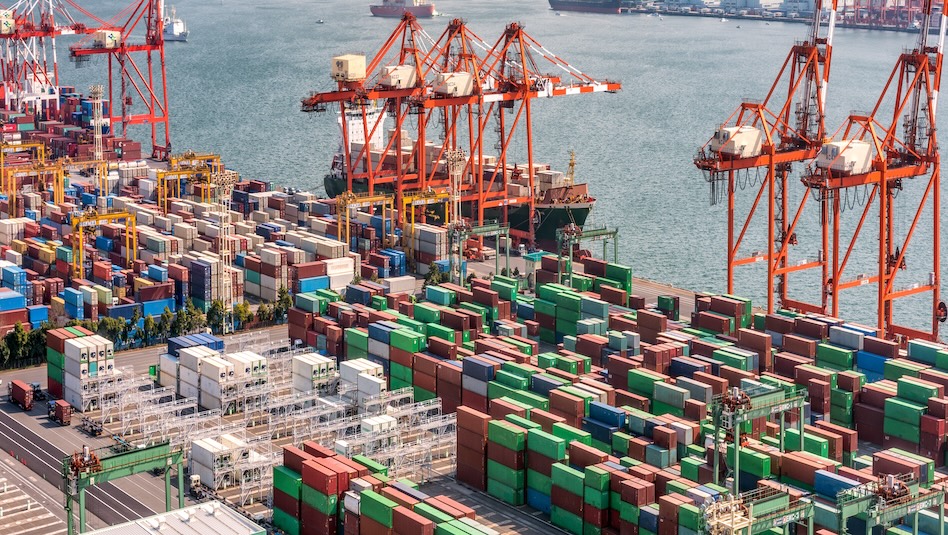
 DOWNLOAD
DOWNLOAD




